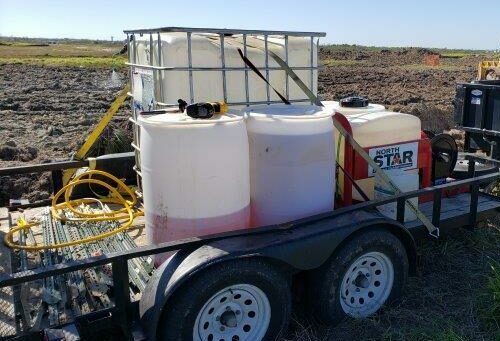Environmental Remediation Services Overview
At CRG Texas, our primary focus is providing comprehensive environmental remediation services to address the complex challenges associated with environmental contamination. We collaborate closely with businesses, industries, government agencies, and communities to identify contaminated areas, assess their severity, and develop effective remediation plans.

Understanding Environmental Remediation
Environmental remediation involves the identification, assessment, and treatment of environmental contamination to restore or enhance environmental quality. As an environmental consulting firm, our expertise lies in assisting clients in identifying and mitigating the impacts of pollutants on land and water. We employ various techniques and technologies to remediate contaminated sites, including soil and groundwater remediation, excavation, and disposal services.
Site Cleanup & Corrective Action Services
Soil and Groundwater Remediation- Corrective Action
CRG Texas Environmental Services, Inc. (CRG Texas) boasts extensive experience in soil and groundwater remediation. Our team of environmental professionals specializes in site remediation, managing oil and gas exploration and production facilities, retail marketing facilities, fleet fuel transportation facilities, and refineries.
Soil and Groundwater Remediation Types
- Excavation and Disposal
- In-situ Chemical Oxidant or Microbial Treatment and Soil Mixing (treatment in place)
- Soil Vapor Extraction (SVE) or Product Recovery (single phase vapor or liquid)
- Mobile Dual Phase Extraction (MDPE- simultaneous vapor and liquid phases)
Excavation and Disposal Services
Our excavation and disposal services involve removing contaminated wastes from their current locations and transporting them to permitted off-site treatment and disposal facilities. We handle various types of soil and sediment wastes, ensuring compliance with waste classification and disposal regulations.
In-Situ Chemical Oxidant Remediation
Chemical oxidation is an in situ remediation technology used to treat soil, groundwater, or pit waste contaminated with various pollutants. Our team utilizes strong oxidants to promote destructive reactions or enhance bio-remediation through in-situ oxidation.
Soil- Vapor Extraction
Soil vapor extraction (SVE) is a physical treatment process for in situ remediation of volatile contaminants in unsaturated soils. We conduct soil vapor sampling and analysis to identify contamination extent and employ soil vapor extraction systems for efficient contaminant removal.
Dual Phase Extraction
Dual-phase extraction (DPE) involves simultaneous removal of vapor and liquid-phase contaminants from soil and groundwater. Our mobile and stationary dual-phase extraction systems efficiently remediate contaminated sites, ensuring compliance with regulatory requirements.
System O&M Services
We provide comprehensive operations and maintenance services for environmental remediation systems, ensuring optimal performance and efficiency. Our services include pump and treat groundwater extraction, soil vapor extraction, and in-situ oxygen curtain sparge.
The Terminology:
Site Cleanup
Sites where the site cleanup work involved does not require sampling and regulatory agency reporting, except for waste stream characterization and disposal for one-time special waste codes from the TCEQ.
Site Remediation or Corrective Action
Sites where the work involved would be due to a reportable release to the environment requiring site remediation or corrective action and either TCEQ or RRCTX regulatory agency reporting. This type of remediation would also require sampling, laboratory chemical analysis, and Agency reporting to close a case under enforcement, voluntary cleanup, or self implementation to screen out of TRRP.
